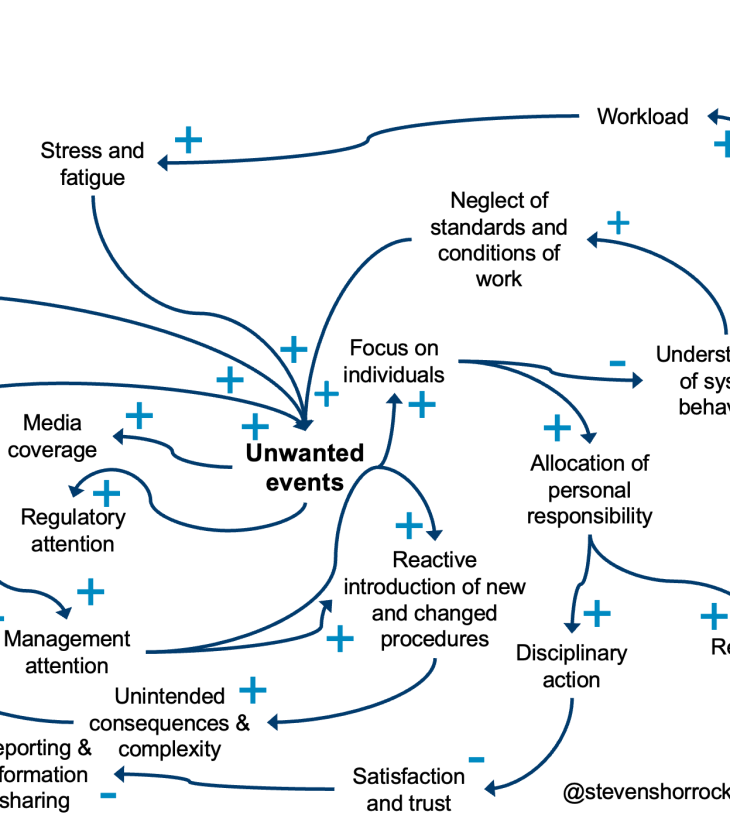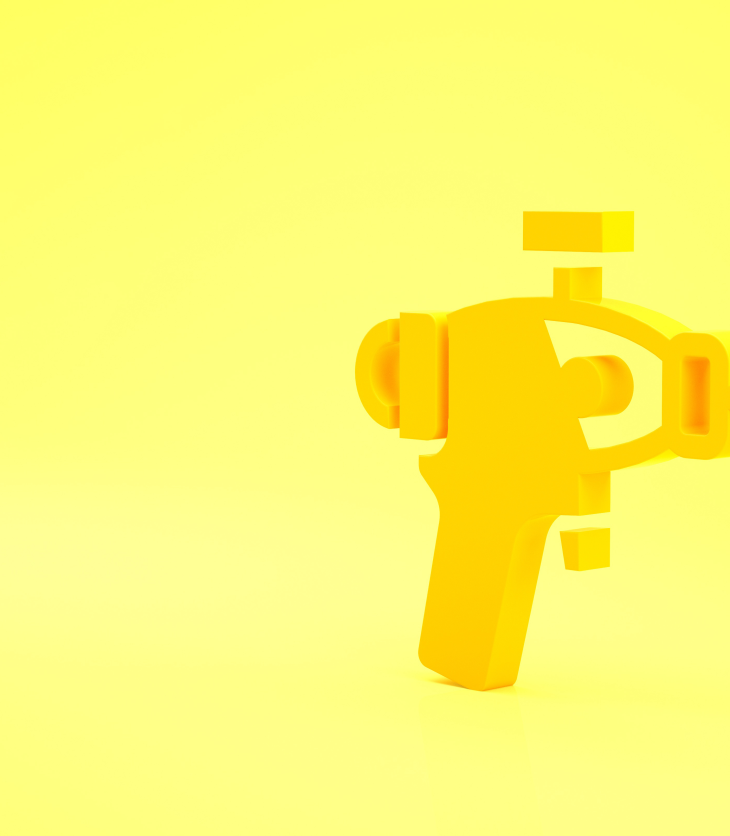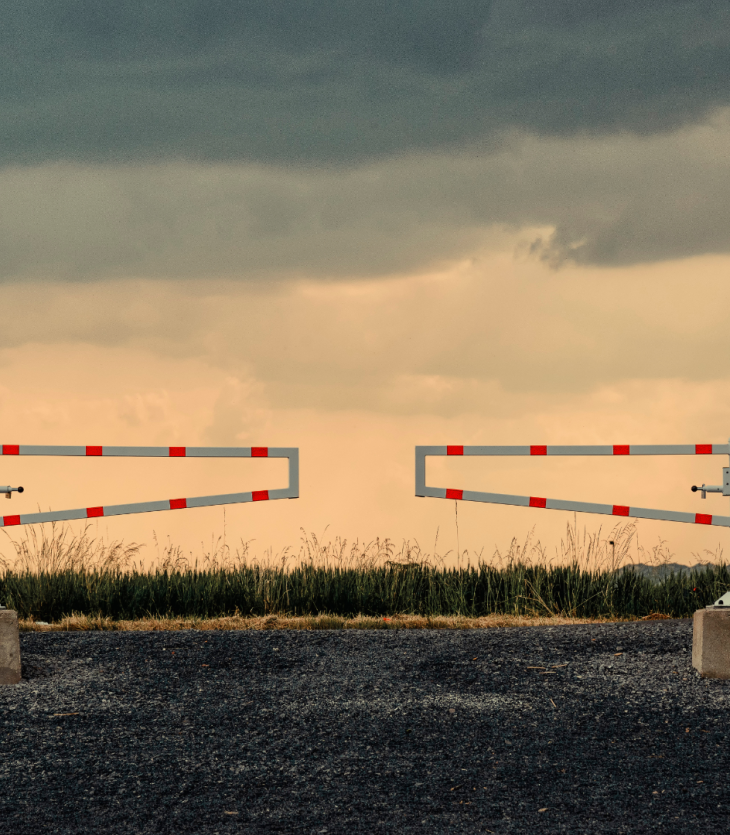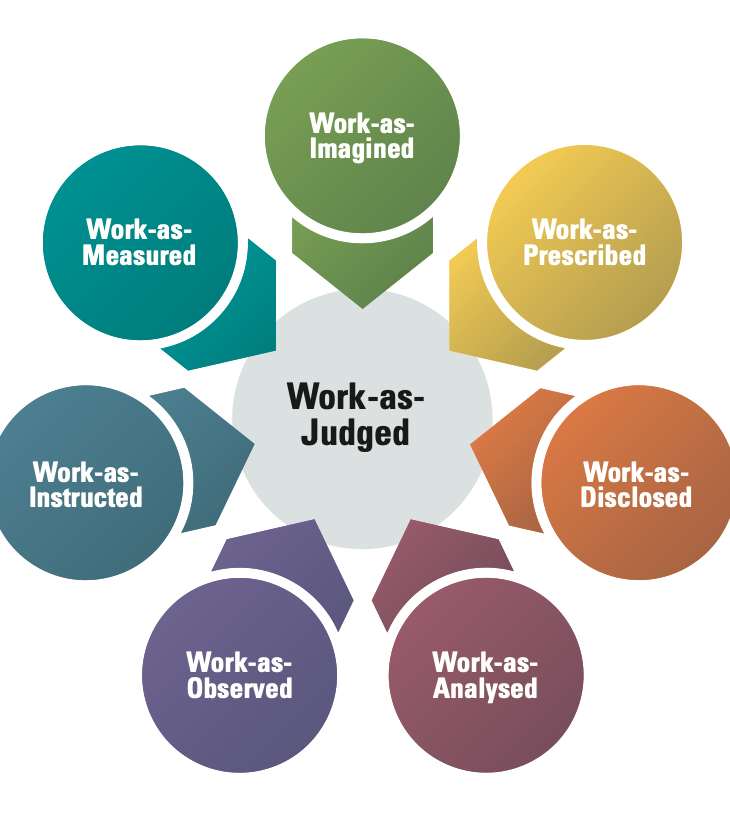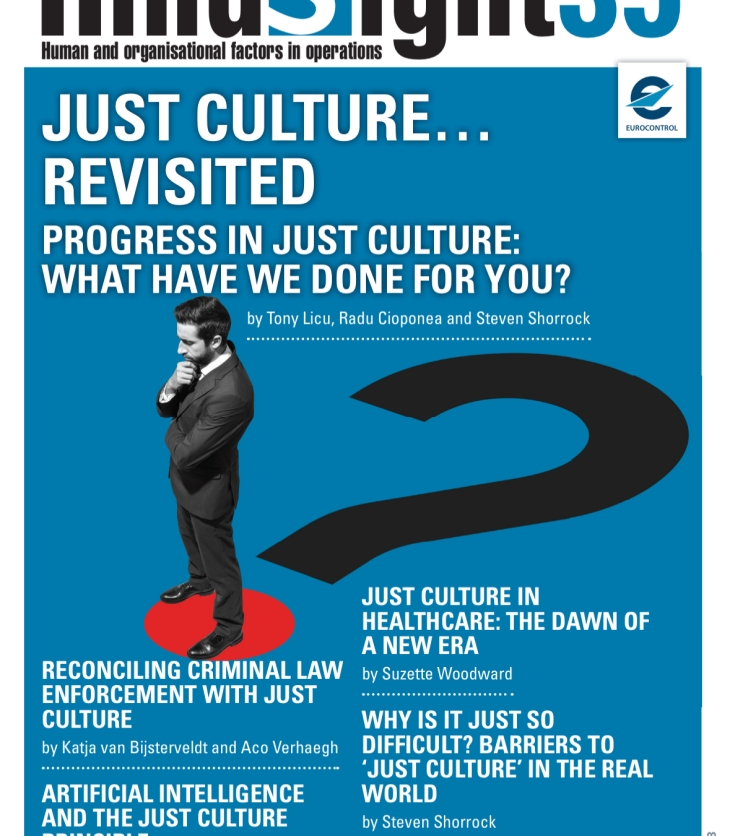One way to understand the links between unwanted events, conditions and interventions is via causal…
Tag: work-as-imagined
Twenty years ago, I completed my PhD on human factors in air traffic control. Part…
This article is a reproduction of an article published in HindSight magazine issue 35 in September 2023 (all issues available…
This article is a reproduction of the Editorial published in HindSight magazine issue 35 in September 2023 (all issues…
HindSight is a magazine on human and organisational factors in operations. HindSight magazine is free and…
In a rapidly evolving world, organisations must adapt to survive and thrive. However, the key lies not only in technological innovation, but in the diversity of thought within an organisation. This article sheds light on the crucial role diversity of thought plays in navigating the complexities of our changing world.
Understanding the complexities and nuances of human work is critical if we are to improve how work really works. In healthcare, as clinicians and other healthcare professionals navigate their roles, they encounter a diverse array of situations that create goal conflicts, dilemmas and other challenges. One way to explore these is via micro-narratives. These are short stories based on personal observations and experiences. One method to capture these is via simple written postcards. Postcards from Work (Healthcare Edition) delves into these experiences.
Sometimes after an incident, a system-wide change is implemented that makes work more difficult and creates new problems. This story is one such example, which contains useful lessons for responding to rare events. Steven Shorrock recounts the tale.
Healthcare is perhaps the most complex safety-critical sector, and the challenges have only increased throughout the COVID-19 pandemic. Increasingly, human and organisational factors have come under the spotlight. Manoj Kumar is a consultant general surgeon with a background also in safety, human factors, and training. In this conversation with Steven Shorrock, Manoj provides insights and perspectives on the realities of work in healthcare, and the team’s role in improvement.
This article is a reproduction of an article published in HindSight magazine issue 28 in February 2019 on the…
